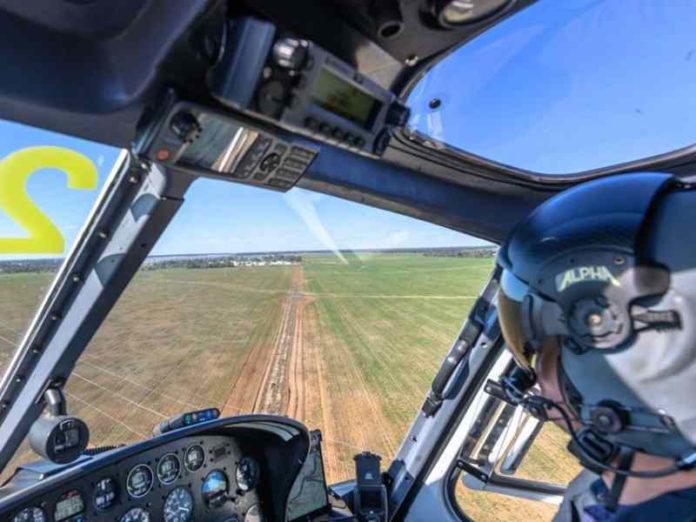
The inspections were undertaken as part of the transmission network provider’s annual safety programme to reduce the risk of bushfires and their effects on the transmission network.
“The safety of our people, communities and network is our highest priority,” Transgrid CEO Brett Redman said. “That is why Transgrid commits significant resources to vegetation management and other bushfire prevention measures across our extensive network.”
Transgrid completed the bushfire safety program from February to November 2022, which included:
• A fixed wing aircraft 3D laser survey (LiDAR) of easements across the 13,000km network to identify vegetation encroachments. This profile included a minimum statutory safety clearance and a regrowth allowance to ensure optimum safety
• Helicopter inspections and aerial imagery of 13,000km of the network to physically assess the condition of towers and lines.
“These aerial surveys and inspections involved 700 flying hours and have enabled our teams on the ground to proactively respond to addressing potential bushfire hazards,” Redman said.
“Transgrid has reviewed advice from the Bureau of Meteorology, Australasian Fire and Emergency Service Authorities Council and the NSW Rural Fire Service in preparation for the forthcoming bushfire season and will remain in close contact with relevant agencies.
“Through Transgrid’s robust Asset Management System, a great deal of planning, analysis and modelling goes into ensuring that we right-size our programme and direct resources to areas of greatest risk and need to maximise effectiveness.”